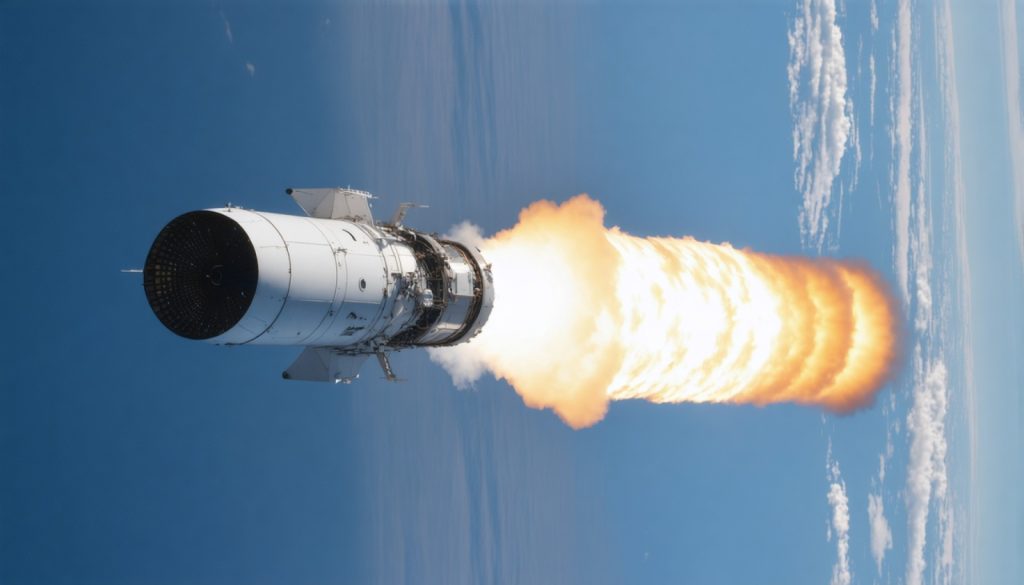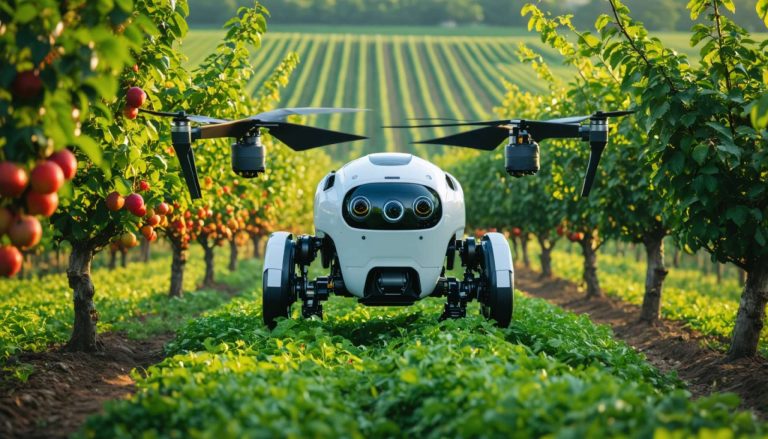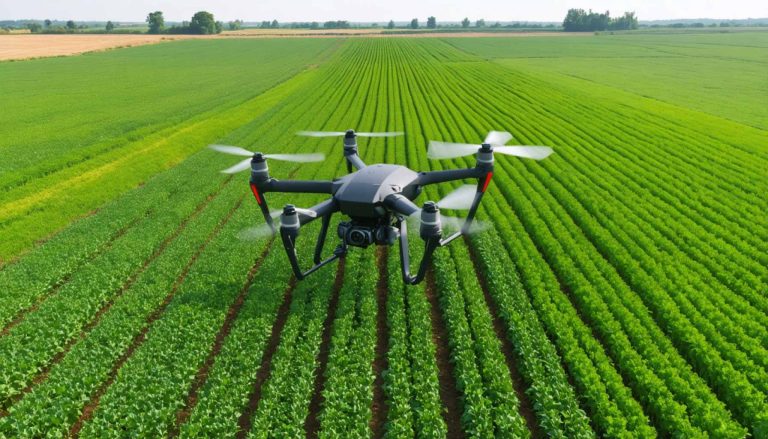
- The Falcon 9 rocket by SpaceX revolutionizes space exploration with its advanced engineering and reusable first stage, reducing costs and enhancing sustainability.
- Equipped with nine Merlin engines, the Falcon 9 is capable of launching payloads to various orbits, including missions to the International Space Station (ISS).
- The rocket’s reusable design democratizes space access, enabling a broader range of entities, including commercial enterprises and smaller nations, to pursue space missions.
- Milestones include the first private spacecraft docking with the ISS, marking a shift towards increased commercial space endeavors.
- Falcon 9’s synchronized re-entry and precise landing exemplify breakthroughs in reusability and efficiency, setting new standards in the aerospace industry.
- The Falcon 9 stands as a symbol of progress through innovation, expanding our horizons and reshaping the possibilities of space exploration.
Bold strides across the cosmos paint a vivid picture of humanity’s relentless quest for exploration. At the heart of this modern odyssey lies the Falcon 9 rocket, a marvel of engineering by SpaceX that catapults both dreams and technology far beyond Earth’s limits.
The Falcon 9, a towering symbol of human ingenuity, rises majestically against the azure canvas of the sky. Its spectacular launches ignite imaginations and effortlessly blend raw power with technological finesse. Standing 70 meters tall, the rocket is an engineering masterpiece with its reusable first stage—a feature that not only reduces the cost of space travel but also sets a new standard for sustainability in the aerospace industry.
Propelled by nine Merlin engines, the Falcon 9 thrusts itself into the skies with an awe-inspiring force, a fiery plume trailing behind it like a comet blazing towards the stars. This powerhouse of propulsion enables the rocket to deliver payloads to a variety of orbits—from ferrying satellites to supplying the International Space Station (ISS).
SpaceX’s Falcon 9 doesn’t merely advance the frontier of space exploration; it democratizes it. With the staggering reduction in launch costs, space is no longer the privileged playground of a few superpowers. Now, commercial enterprises, scientific research teams, and even smaller nations can contemplate missions that were once financially prohibitive.
The Falcon 9 has achieved significant milestones in its illustrious career. Its flawless execution of the first-ever private spacecraft docking with the ISS opened a new era of commercial space missions. This rocket has become a reliable workhorse for numerous missions, from deploying GPS satellites to facilitating pioneering science experiments in low Earth orbit.
Moreover, the captivating sight of Falcon 9’s synchronized return to Earth—engines roaring on re-entry and landing on a precision-planned spot—seems almost poetic, akin to an eagle gracefully returning to its nest. This feat of landing the first stage is not just about recovery; it is about setting new benchmarks in reusability and efficiency.
The takeaway is clear: Falcon 9 represents not just a series of successful missions, but a philosophy of progress through innovation. SpaceX, with its Falcon 9, illustrates how visionary design and tenacious execution can expand our horizons and reshape our understanding of what’s possible.
As we stand on the precipice of a new chapter in space exploration, the Falcon 9 emerges as a beacon guiding us onwards and upwards. Its legacy encourages us to reach for the stars, reminding us that with determination and ingenuity, nothing is beyond our reach.
Falcon 9: Launching Into a New Era of Affordable Space Exploration
A Deeper Look into Falcon 9’s Revolutionary Impact
The Falcon 9 rocket is more than just a technological marvel; it’s a revolution in the realm of space exploration. Crafted by SpaceX, it serves as a beacon of hope for expanding our cosmic reach. Here are some insights and additional facts that augment its portrayal as a game-changer in the aerospace industry.
How Falcon 9 is Reshaping the Aerospace Industry
1. Engineering Excellence:
– The Falcon 9’s design allows for full control of its nine Merlin engines, which ensures flexibility in flight configurations and trajectories.
– It features a two-stage approach to deliver payloads to orbit safely and efficiently. The first stage is known for its reusability, which drastically reduces the overall cost of launches.
2. Reusability and Cost Efficiency:
– SpaceX’s innovation in making the Falcon 9’s first stage reusable has lowered the cost per launch from approximately $62 million to potentially even less with frequency and efficiency improvements.
– The accomplished retrieval and multiple reuses of the Falcon 9 first stage mark a pivotal shift in viewing rockets as disposable to components renewable through sustainable practices.
Real-World Use Cases and Impressive Milestones
– Commercial and Government Payloads: Falcon 9 frequently juggles between commercial satellites and governmental payloads, including national security satellites and scientific probes.
– Crewed Missions: It has become integral to NASA’s Commercial Crew Program, successfully ferrying astronauts to and from the International Space Station (ISS).
– Global Starlink Initiative: The rocket often carries batches of Starlink satellites, contributing to SpaceX’s mission to provide global broadband internet coverage.
Market Forecasts & Industry Trends
– Growing Launch Cadence: SpaceX plans to sustain an increased frequency of launches, targeting intervals as short as one week apart. This cadence reflects the company’s robust production capabilities and increasing demand.
– A Marketplace Leader: Falcon 9 dominates the current market as a preferred choice for cost-effective and reliable launches, setting industry standards for launch vehicle operations.
Security & Sustainability
– Extensive testing and built-in redundancies ensure the resilience of the Falcon 9, enhancing mission chances.
– Its capability to reduce launch debris and utilize rockets repeatedly positions the Falcon 9 as a paragon of sustainability within space logistics.
Controversies & Limitations
Despite its virtues, the Falcon 9 faces criticism regarding its environmental impact. The rocket’s emissions and space debris are contentious issues often cited by environmentalists and industry watchdogs. In response, SpaceX is exploring cleaner fuel options and stricter debris management systems.
Actionable Recommendations
– Best for Smaller Enterprises: Smaller organizations looking at satellite deployment can consider rideshare options offered by Falcon 9 for economic efficiency.
– Investment Opportunities: Given the rocket’s demonstrated reliability and cost-effectiveness, investing in SpaceX or related aerospace innovations may yield significant returns.
For further information about SpaceX and more groundbreaking developments, visit the SpaceX website.
In conclusion, Falcon 9 is more than a rocket; it’s a vehicle propelling humanity towards a promising future in space exploration, providing both inspiration and practical solutions for achieving interstellar dreams.



